Best wired headphones 2025: perfect picks for every price point
The best wired headphones with the best sound quality, whatever your budget

The best wired headphones produce a superior sound level to wireless ones on the market – because no matter how cutting-edge the wireless tech involved, you're still likely going to be listening to compressed audio if you're not plugged in, losing some of the musical detail along the way.
True audiophiles are in no hurry to cut the cable between their headphones and their hi-fi system, which is where this list of the best wired headphones come in. Put them on with a Hi-Res studio master or heavyweight vinyl or use them with one of the best streaming DACs, and the difference in sound is clear and obvious.
From open-backed headphones that deliver an incredible soundstage, to closed-back headphones that reduce leakage, visiting wired in-ear headphones along the way, we've covered a wide variety of models below. These are the top 10 best wired headphones you can buy in 2025, as rated and ranked.
T3 Top Picks
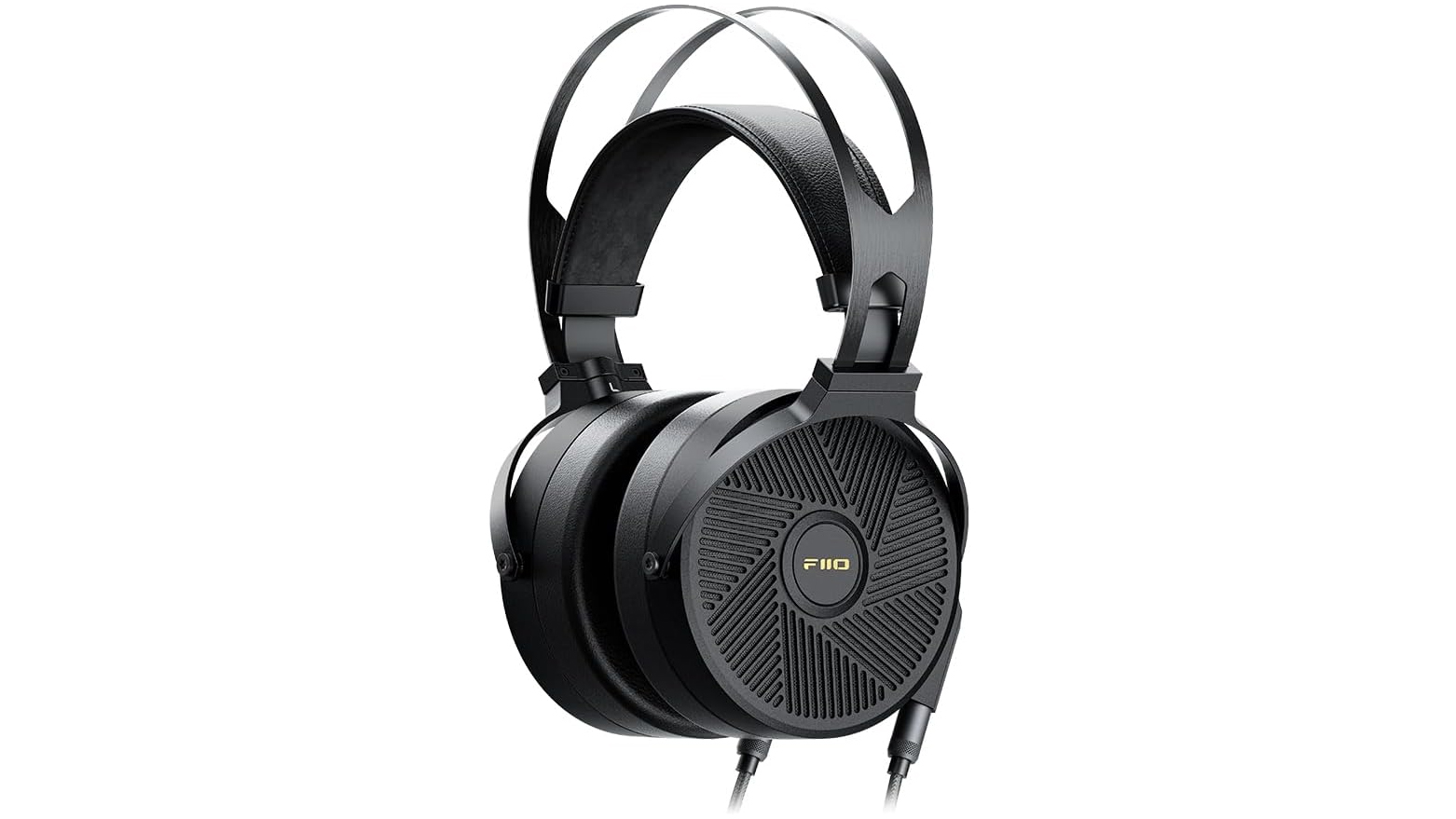
Best for most people
FiiO's first-ever planar magnetic headphones not only look and sound stupendous, they're not as exorbitant as some wired models found elsewhere on this list. That makes for a very well-judged product specified and built well beyond their asking price.
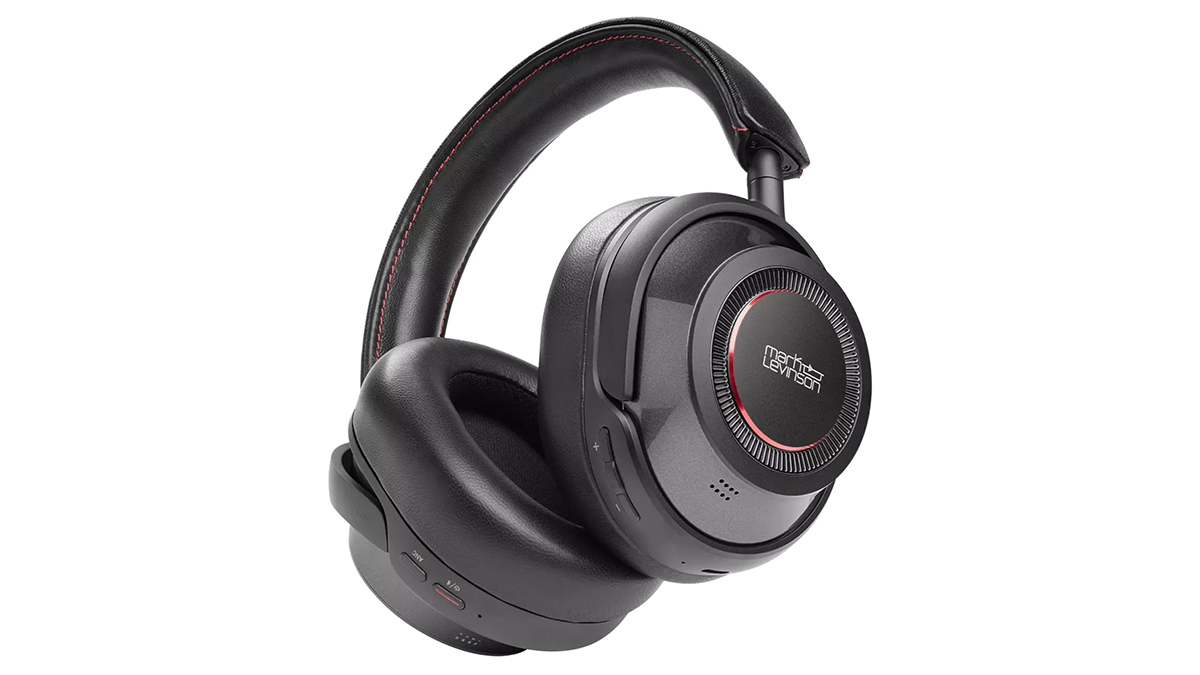
Best premium
Sometimes it's worth paying for quality, and that's definitely the case with these Mark Levinson headphones. From the quality of the three-dimensional soundstage, to the reproduction of the tiniest of details, it's an all-round superb listening experience.
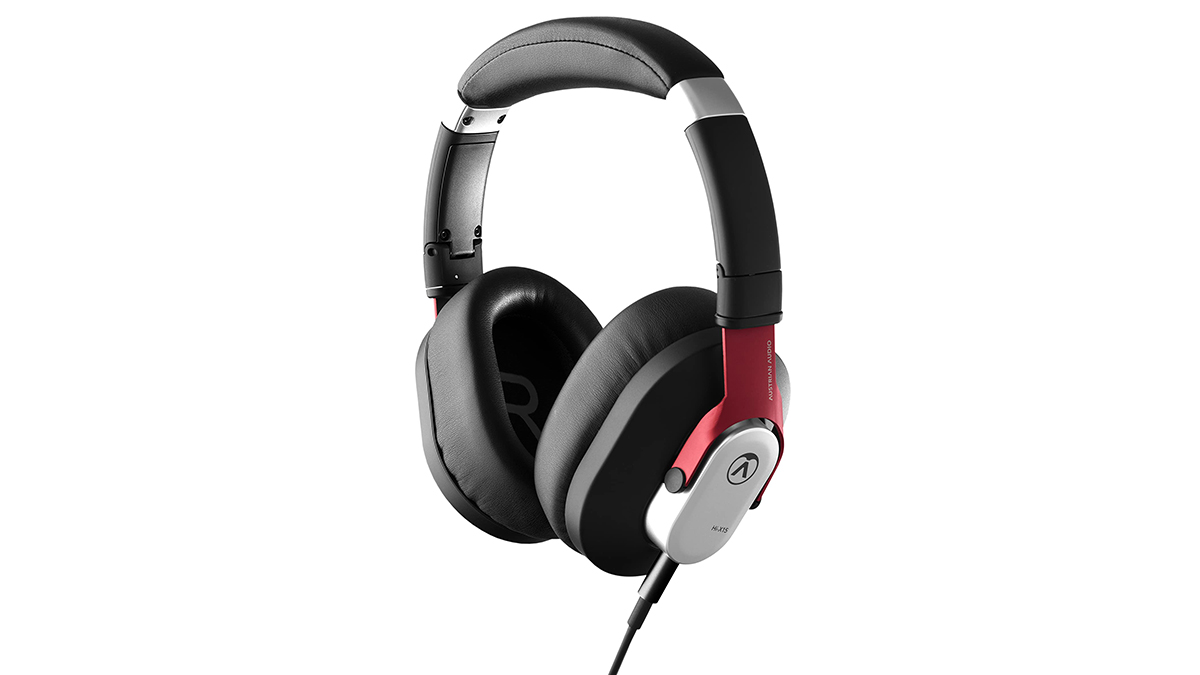
Best affordable
Considering how little these headphones cost, the sound the Austrian Audio produce is spacious, detailed, and unfussy. Sure, they don't quite hit the audio quality heights of some other headsets, but you get a lot of bang for your buck.
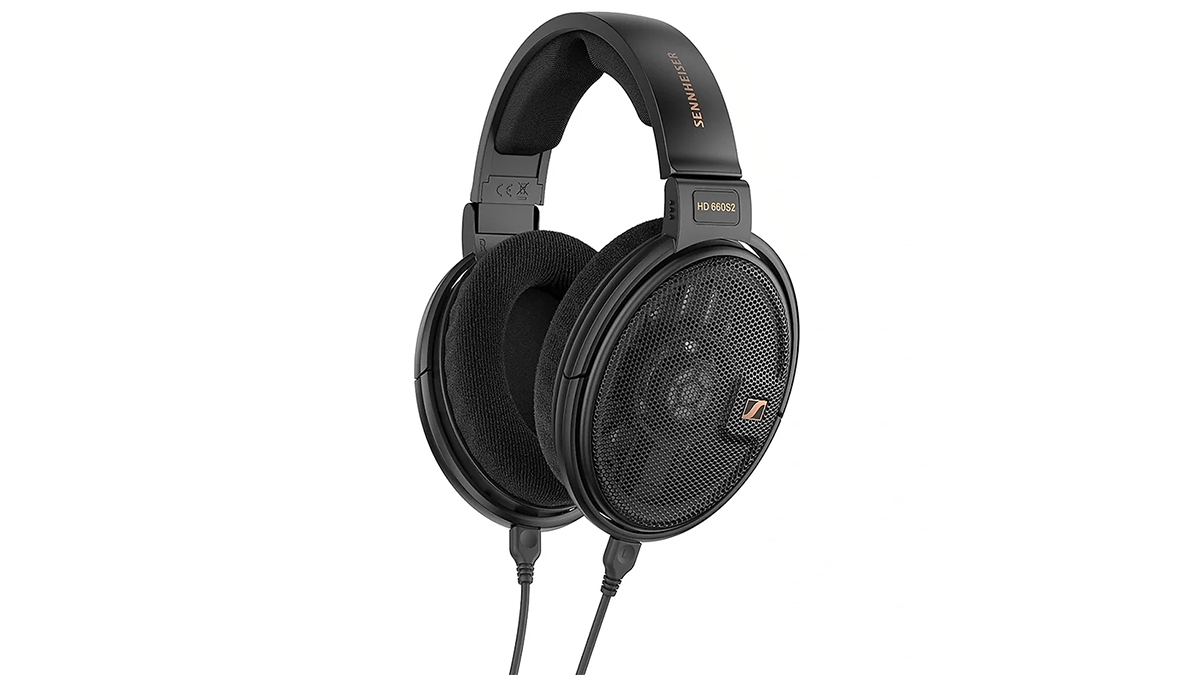
Best for bass
What really makes the Sennheiser stand out is the low-end response. But big bass is not the only reason to pick up this pair of headphones: the superb build and great audio fidelity across the spectrum add to a great overall package that's fairly priced too.
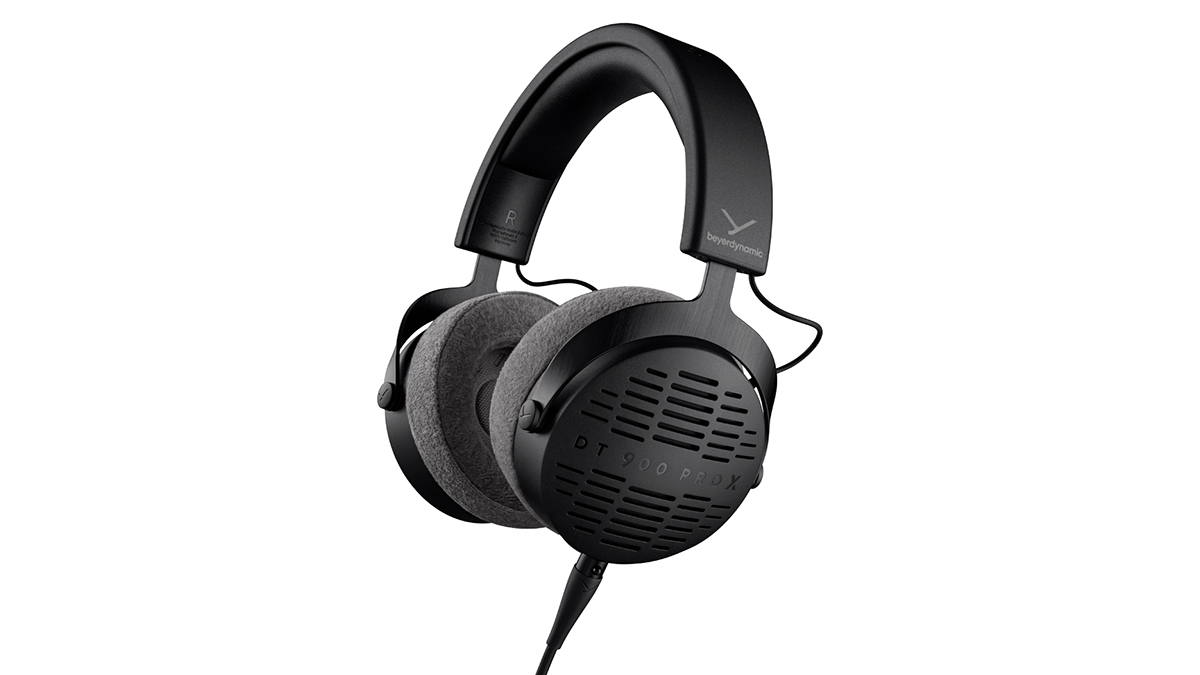
Best studio
An excellent choice if you're looking for something to use in a home studio – or if you want studio-quality sound from your wired cans. These headphones are relatively light on features, but the audio experience for the right listener makes them a worthy addition.
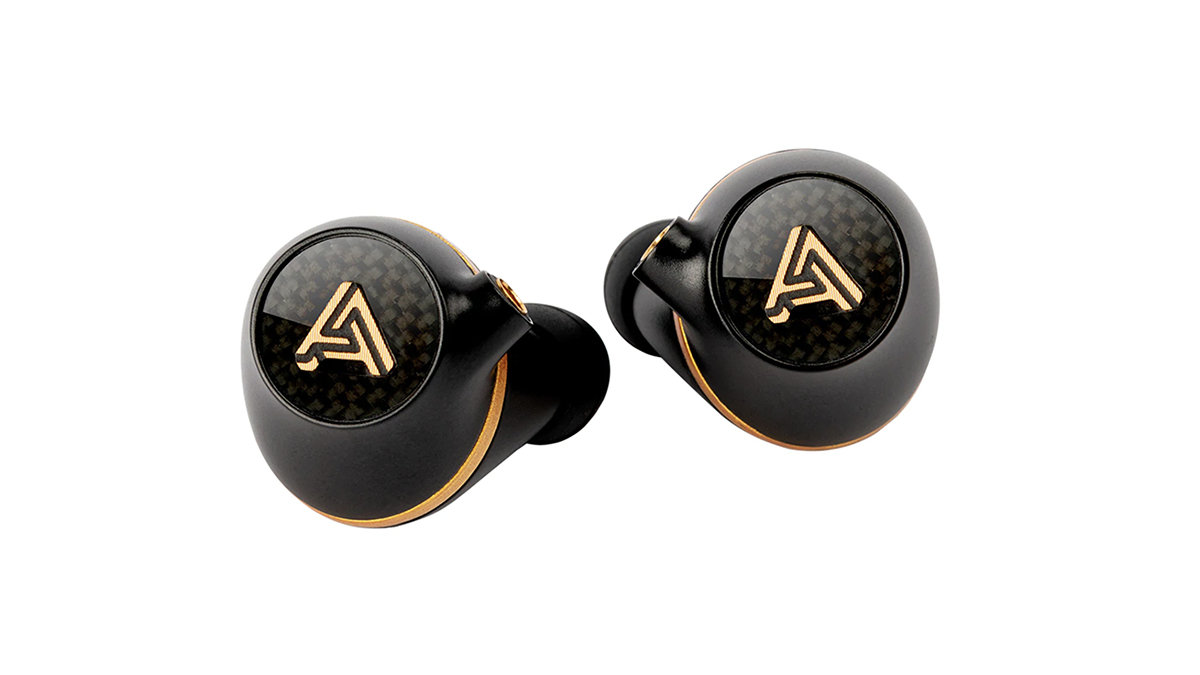
Best audiophile in-ears
These in-ear wired headphones might be small, but they produce a mighty level of sound – and if audio fidelity is vitally important to you, then we fully recommend them. A remarkable feat of engineering directly in your ears is what you're paying for here.
The best wired headphones 2025
Best for most people
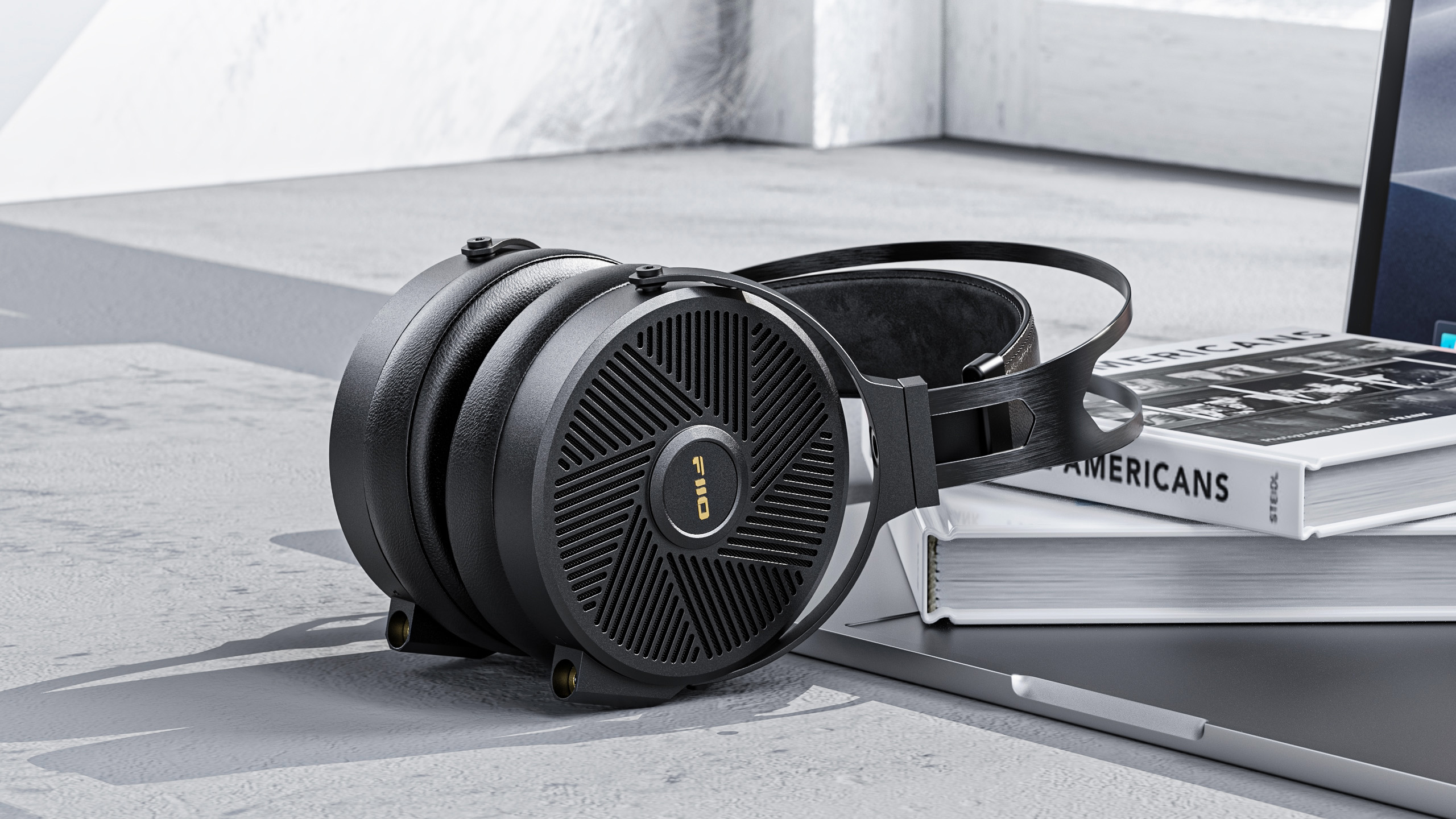

Specifications
Reasons to buy
Reasons to avoid
Of all the many types of wired headphones in our top selection here, it's FiiO's first-ever planar magnetic headphones that come up trumps. That's because the balance of price to features is spot on – and why these netted T3's 2024 Award for Best Wired Headphones.
As said in our FiiO FT5 review: these headphones "combine pride of ownership with enjoyably direct, open sound," and there's basically no downside to owning a pair – "as long as your head isn’t too small to support them," as they're on the larger side. But many will appreciate that for comfort factor.
With massive 90mm drivers, these open-back headphones aren't going to block out the world around you, but the giant soundstage and superb response will make for sublime listening in a nice quiet room. So plug in and sink into audio bliss.
Looking for some well-balanced wired headphones and want to know more about these? Check out our full FiiO FT5 review for the bigger picture...
Best premium
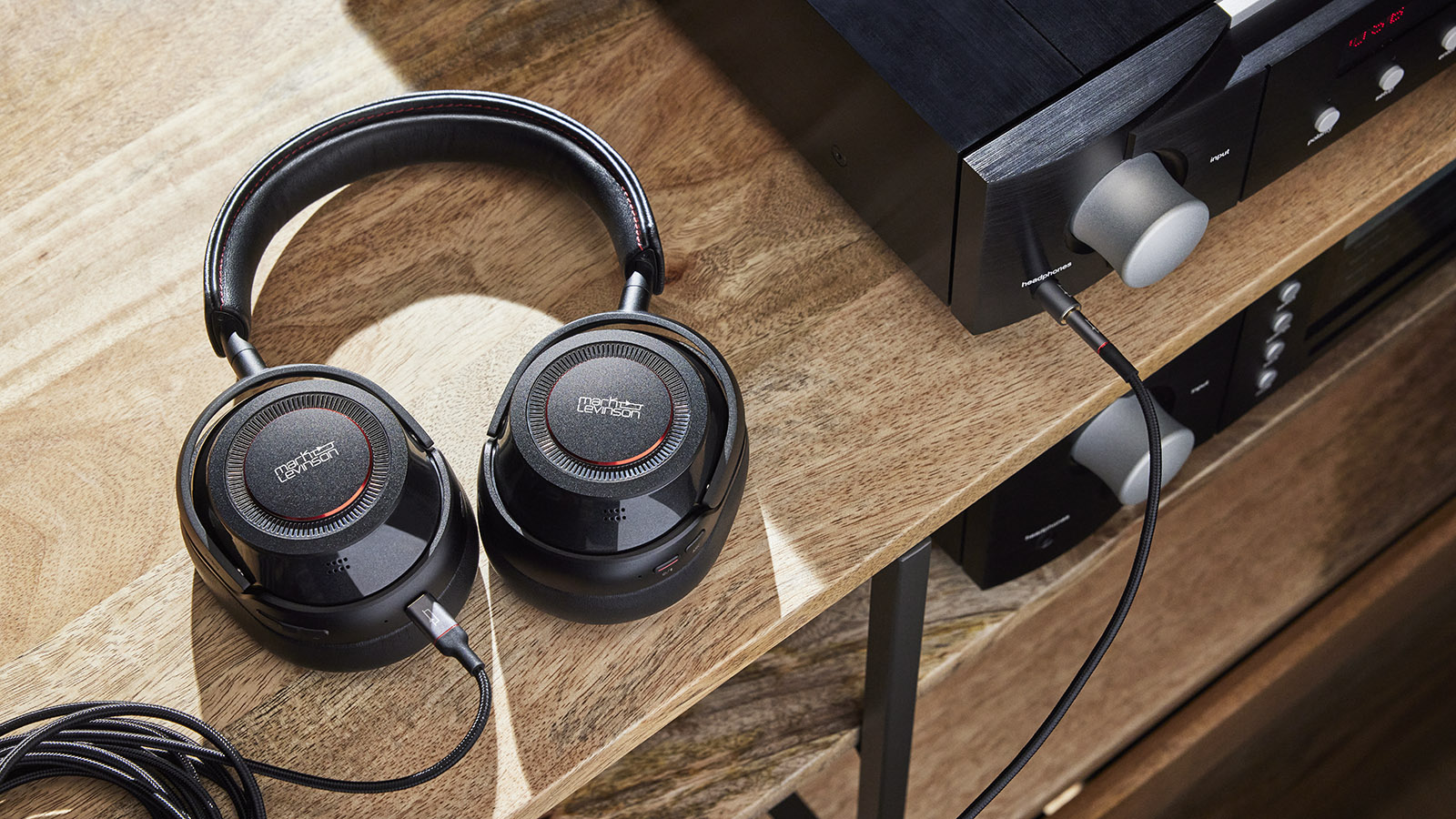
Specifications
Reasons to buy
Reasons to avoid
The big question around the Mark Levinson No. 5909 is whether or not they're worth the considerable price of entry – and we think that for a certain group of people, they will be. If you have the budget to be able to consider them, we don't think you'll be disappointed with what you get.
With a pair of 40mm beryllium-coated full-range dynamic drivers, you get a hugely impressive audio experience for your ears, and you can definitely tell the difference between these cans and competitors that cost half the price. You get a big, three-dimensional and utterly compelling soundstage, with a considerable amount of dynamic headroom, though the noise cancellation could use some work.
As far as the design and usability are concerned, these are difficult to fault, with everything slotted together with a great deal of care and precision. They're comfortable to wear for long periods of time, and they look brilliant too – though of course you're not going to notice that when they're on your head.
Got a bit of extra cash to splash on a very worthy product? Check out our full Mark Levinson No 5909 review to get the full pros and cons of these over-ears...
Best affordable
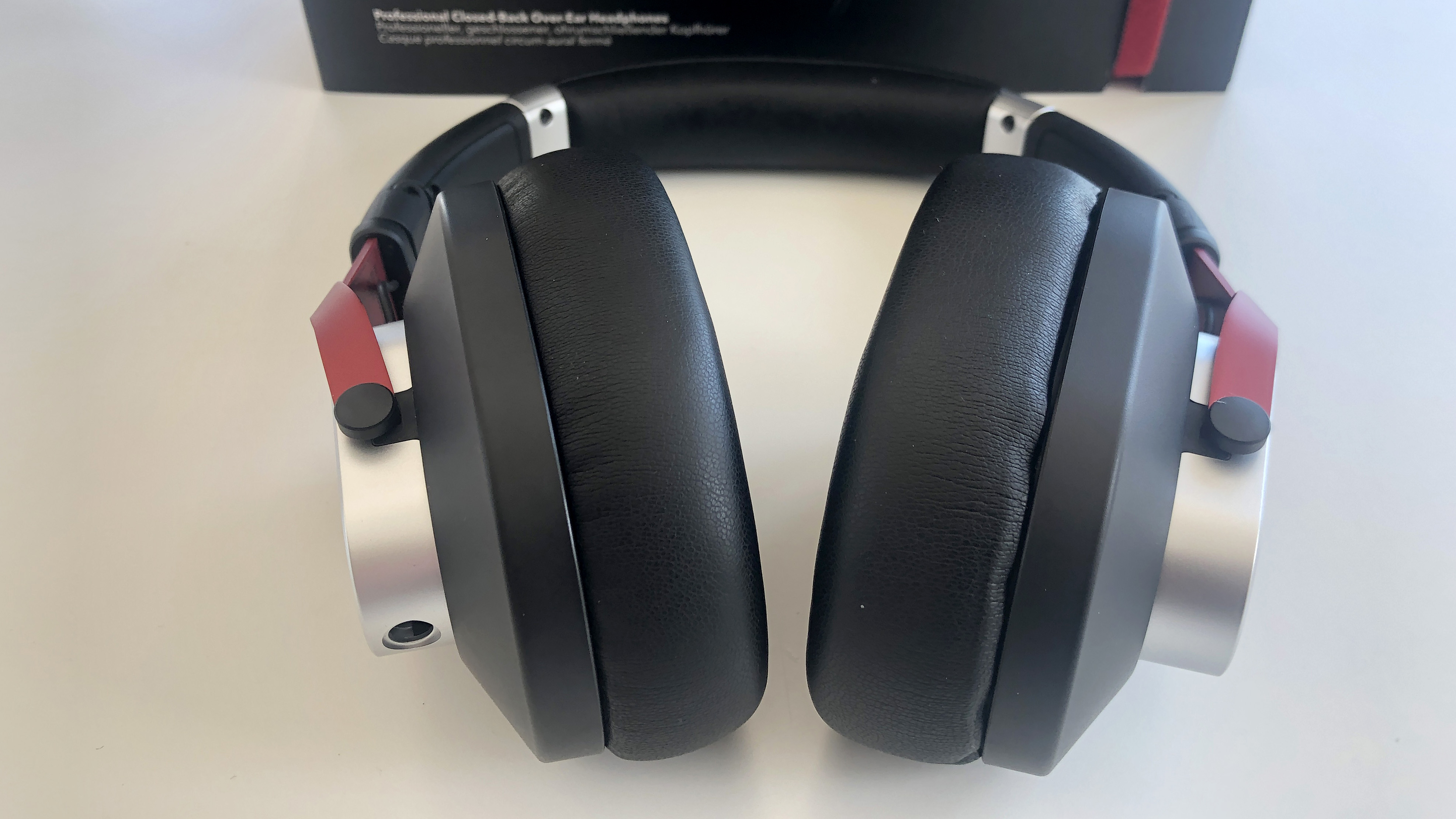
Specifications
Reasons to buy
Reasons to avoid
Fit the Austrian Audio Hi-X15 wired headphones on your head and you're getting detailed, unfussy and thoroughly engaging audio for your ears, and everything needs to be considered in terms of the price: these are inexpensive headphones, which means you're getting a lot of bang for your buck.
While the design is a little bit more colourful than we would ideally like, the build quality is top notch, and they sit nice and comfortably on the head. We're fans of the way that the headphones fold in on themselves, making them easier to carry around with you, and at 255 grams they're lighter than a lot of their competitors which helps for long listening sessions.
From the convincing tonality to the extensive dynamic headroom, we're very pleased with how the Austrian Audio Hi-X15 sound. While a little more low-frequency punch, the consistency from the top of the frequency range to the bottom is well done, and the headphones can cope with all kinds of sounds with aplomb.
If you're hankering to know more about these then our full Austrian Audio Hi-X15 review will give you all the details you'll need to inform that purchase decision...
Best for bass
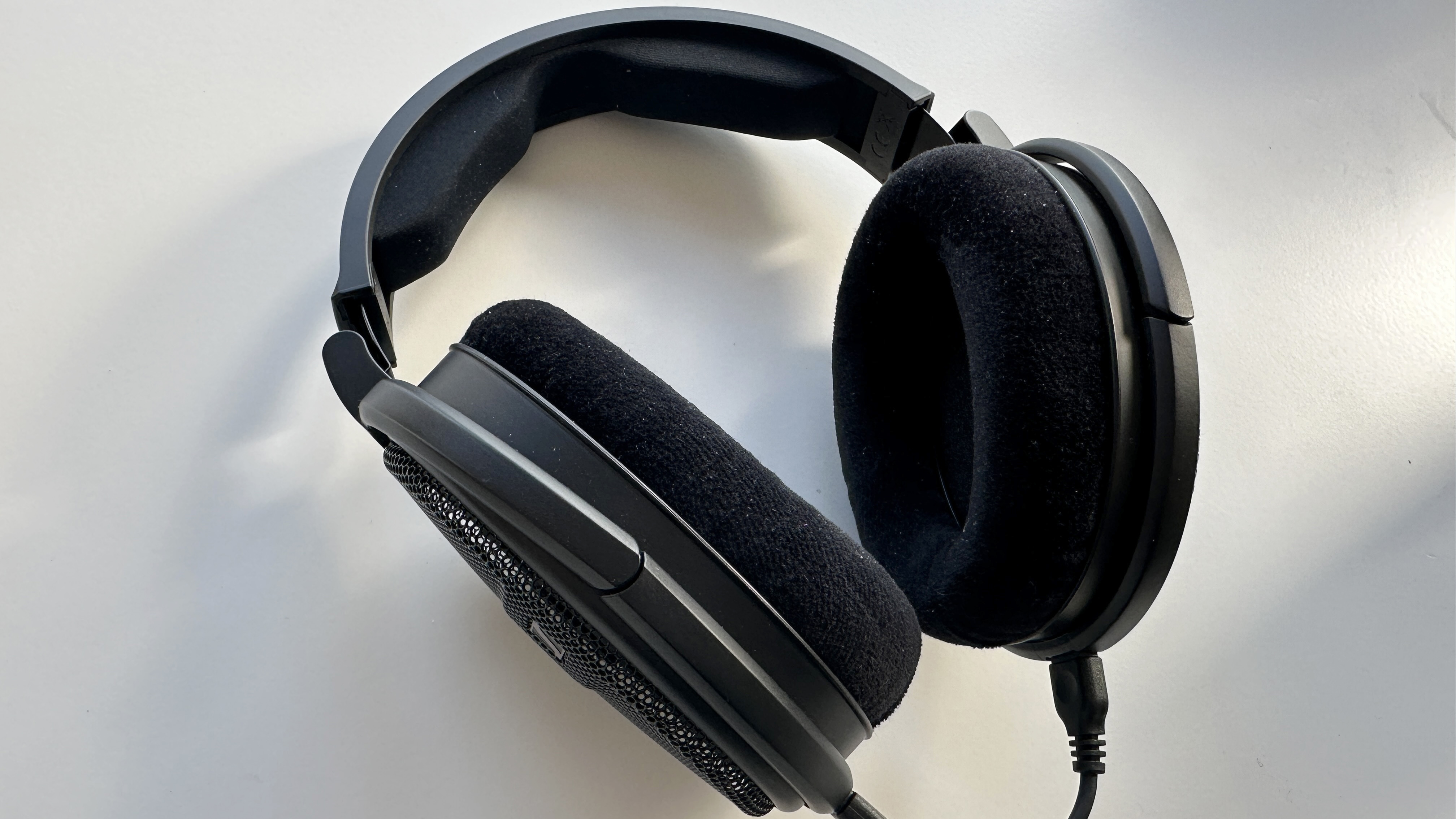
Specifications
Reasons to buy
Reasons to avoid
If you want a big, robust and opulently detailed sound from light, comfortable and properly constructed headphones, you need to give these Sennheiser cans your complete attention.
Of course they'll have everyone else's attention too, as their open-back format means sound leakage is significant, so these are for solitary listening sessions. But that's entirely their point as a product.
As said in our review: "where outright performance in nearly every meaningful audio department is concerned, the Sennheiser HD 660S2 have plenty to recommend them - as long as your source of music is up to the task, that is". That's because these headphones are fussy about top-notch sources, but as a open-back wired-only listener we're sure you'll have that in abundance.
Sound like an open-back dream pick? Read our full Sennheiser HD660 S2 review to learn more...
Best studio
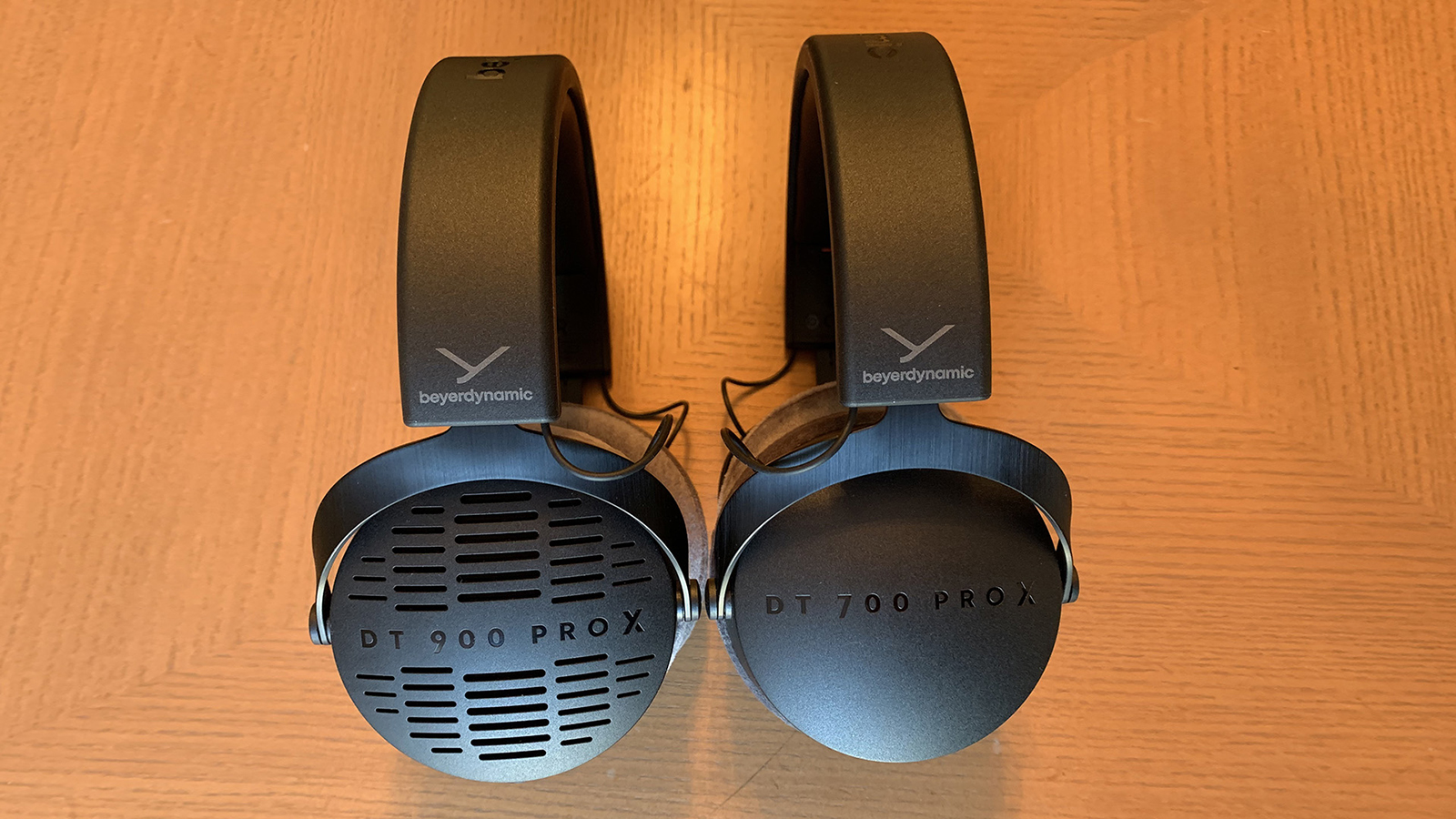
Specifications
Reasons to buy
Reasons to avoid
We've got some studio headphones high up at the pile: the Beyerdynamic DT 900 Pro X headphones deliver fantastically precise sound for either listening to music or making, mixing or mastering, and that's one of the reasons why these cans managed to bag the T3 Awards 2022 gong for Best Wired Headphones.
Just be aware that these headphones will not be great with poorly recorded music, as their job is to be accurate, not flattering. They're not as harsh on bad recordings as some rivals (the high-end has been rolled off a little so they're not as sibilant and fizzy as a number of rivals), but they're designed for well-made music, which makes them absolutely sing. If that sounds like your music library, you'll love how it sounds on these headphones.
As we said in our review: "these are superb-sounding headphones but they're not packed with whizzy features or clever connectivity: they're old school analogue 'phones designed to do one job and do it very well."
Browse our full Beyerdynamic DT 900 Pro X review to gather a fuller picture of whether these more affordable studio cans are an ideal pick for you...
Best audiophile in-ears
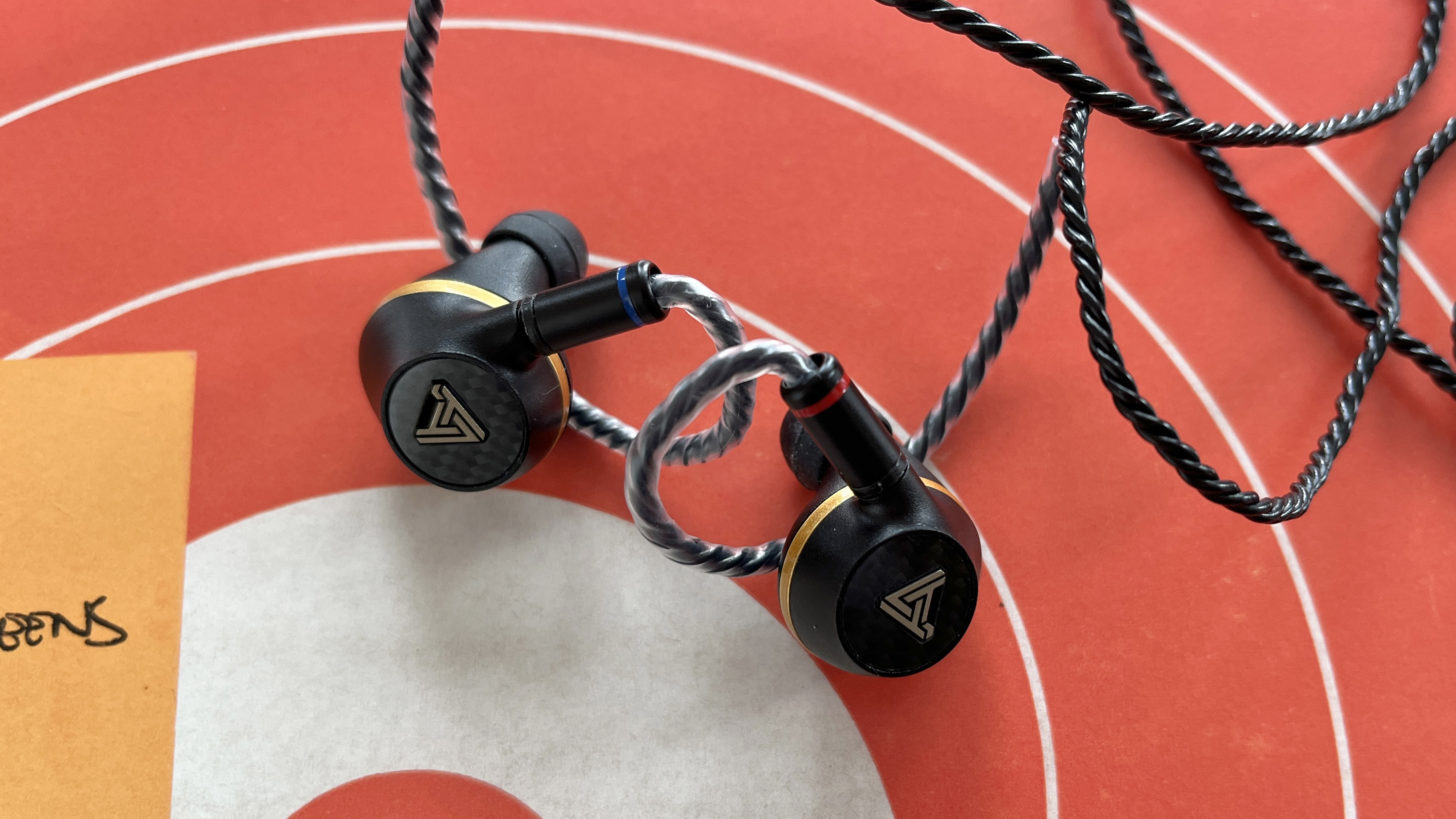
Specifications
Reasons to buy
Reasons to avoid
With the Audeze Euclid we have a fantastic pair of closed-back in-ear monitors, and assuming you've got a good audio source connected up to them, they're likely to blow you away in terms of their sound performance. They are on the expensive side, but we'd say they're absolutely worth it for audiophiles.
With some appropriately high-resolution audio content coming through, there's an awful lot to admire about these headphones: deep and substantial bass, quite remarkable amounts of detail, and midrange reproduction that's arguably the star of the whole show. From rhythmic expression to dynamic potency, we can't fault what the Audeze Euclid are capable of.
It's clear that these headphones have been designed to fit comfortably into as many differently sized ears as possible, and with a weight of 7.5 grams each they aren't going to weigh you down at all. There are three sizes of three different types of eartip included in the box, so you're well covered.
Our full Audeze Euclid review will help you identify if these are the ideal wired in-ears for you...
Best lightweight wear
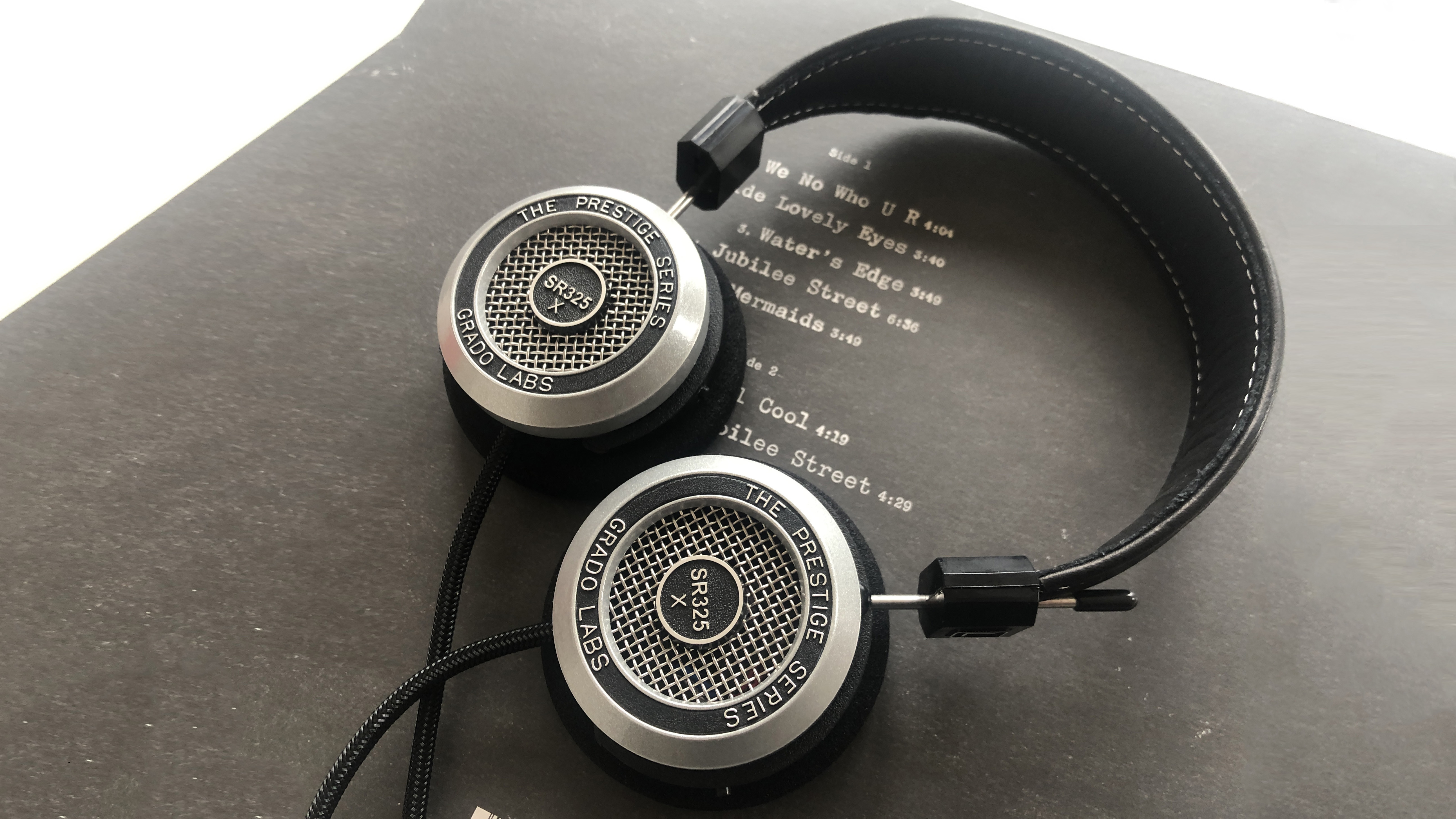
Specifications
Reasons to buy
Reasons to avoid
Though these are more expensive than a lot of people would consider spending on headphones, their price is a drop in ocean when it comes to real audiophile quality (especially when compared to the Statement wood-finish model further up page). And when you factor just how good they sound, suddenly they become a major bargain.
They're open-backed headphones, and they're among the leakiest we've tried, so they're very much no good with other people around, or for travelling. But in a quiet room, they sound as good as headphones that cost five times more. Their sound is natural but not flat, expansive but still focused, powerful but never overwhelming… the amount of detail they enable tracks to deliver is eye-opening.
The design is almost hilariously simple – the basic leather head band and milled aluminium earcups actually look pretty nice (and feel high quality) in their sparseness, and the basic-seeming foam earpads are apparently chosen for their low impact on the sound quality.
Sound like ideal open-back headphones for you? Read our Grado SR325x review to get the fuller picture...
Best for versatility
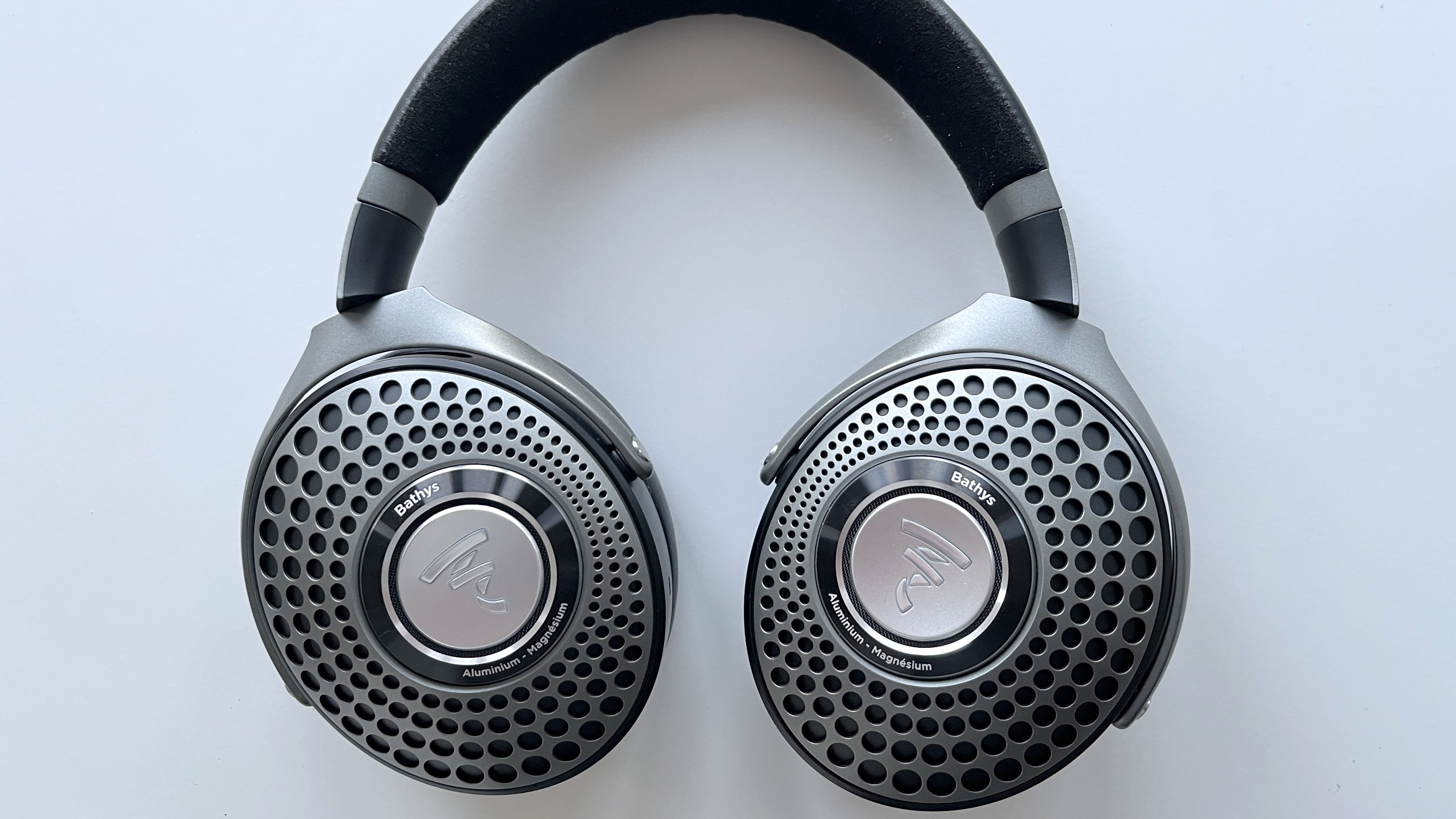
Specifications
Reasons to buy
Reasons to avoid
With the Focal Bathys headphones we've got a pair of cans that look and sound fantastic – with the only caveat being that the active noise-cancellation (ANC) isn't quite as good as it could be (not that many of these other open-back competitors would even offer such a feature). This is the first pair of headphones of this type that Focal has made, and it's off to a great start.
Okay, you're going to have to pay a considerable amount of money for them, but if you care about audio quality then you'll see it as a worthwhile investment. As usual, you're going to need to connect them up to a top-tier audio source to get the most out of them, but the Focal Bathys will deliver a big and spacious listen that brings with it considerable clarity and heft.
Even with complex recordings that feature numerous participants, the headphones handle everything superbly. Add in the appealing aesthetics that you've got here and we'd say they're absolutely some of the best around, even if they are a little heavier than some of their competitors.
Unlike many of its competitors on this page, as our full Focal Bathys review details, you can use these headphones wired or wirelessly, making them a more unique choice among their peers...
Best wooden finish
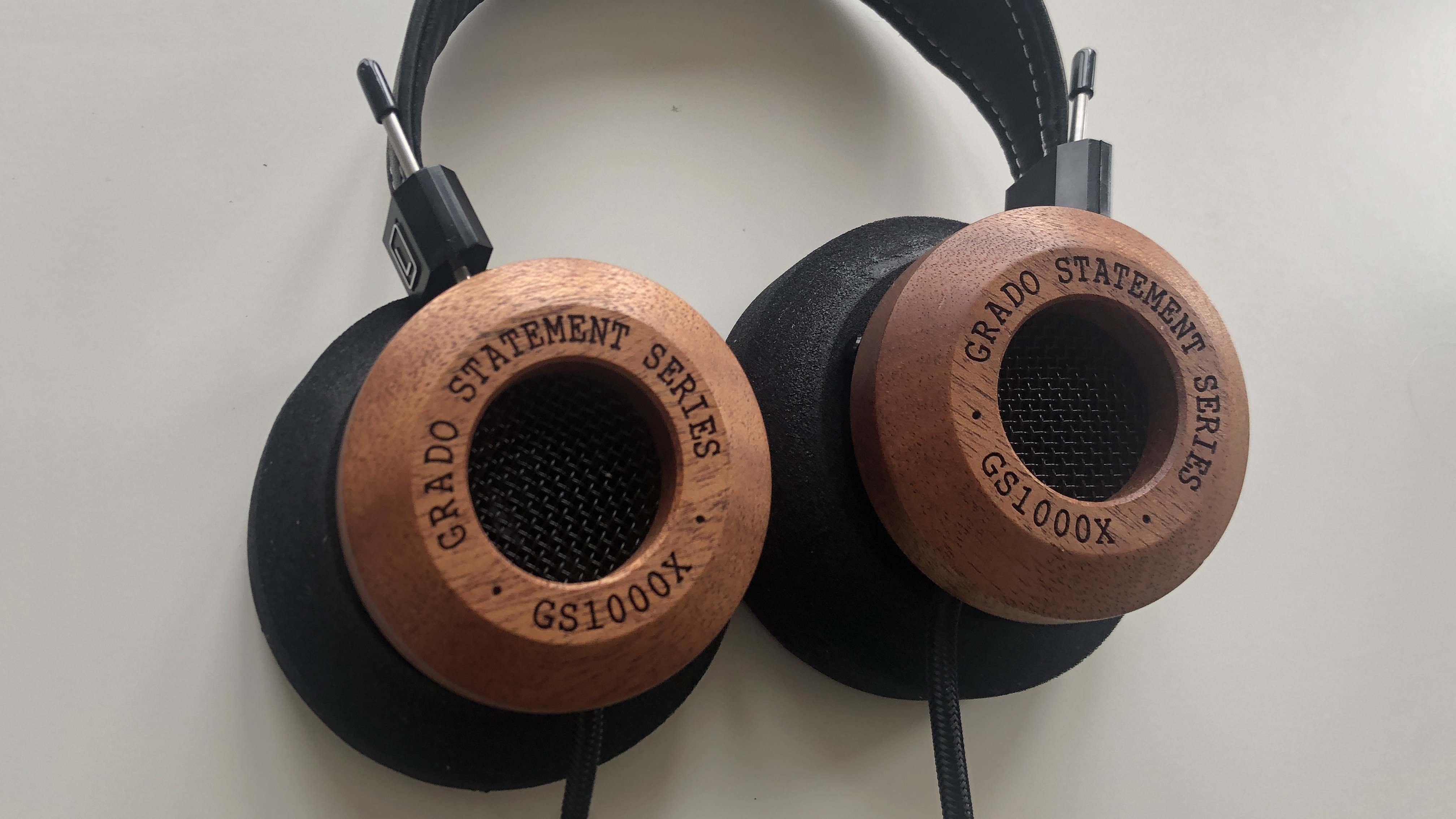

Specifications
Reasons to buy
Reasons to avoid
If you want exquisite and uncompromising looks – what others may call 'hoffic and uncompromising' from the other side of the fence – then Grado's super-premium and wood-finished open-back headphones are hard to beat.
No, they’re far from cheap, they also leak sound in the most anti-social manner, but these Grado open-back headphones are simply among the most straightforwardly satisfying headphones from which you can imbibe your music – whatever the source.
As said in our review: "If you want to get to the heart of a recording, if you value precision but dislike analysis, if you never want to worry that you’re not getting the complete sonic picture, then the GS3000x Statement could be the very headphones for you. If you can afford them, at least."
Sounds up your street? Pine over our full Grado GS3000x Statement review for more pictures, more information, and more reasons to buy these standout cans...
Best luxury listen


Specifications
Reasons to buy
Reasons to avoid
While at the bottom of our list, in many respects Austrian Audio's The Composer should be at the top. But, given their asking price is over a couple of grand, these aren't a casual purchase for, well, anyone! If you can afford the cover price, however, then you're in for a luxury listen.
The Composer are headphones for people with the very best source material only. You could listen to lesser, and the headphones will indeed oblige, but they'll deliver everything that's less than great with such perfect imperfection. That rawness is precisely what audiophiles will seek and it's that deep ability to delve into a recording's richness that make these headphones so accomplished.
If you want to splash out then are these the over-ear wired headphones for you? Read our full The Composer review to assess their pros and cons for your needs...
How to buy
How to buy the best wired headphones
First up, it's worth bearing in mind that, other than for fashion reasons, there is no reason to buy the very latest, hot-off-the-presses wired headphones. Unlike Bluetooth and noise-cancelling headphones, where the tech is still improving all the time, older wired headphones are generally just fine. This is a very 'mature' market in every sense, and if a pair of great headphones was released five years ago, they're still great today. The bets wired headphones and earbuds tend to stick around.
The most important thing to consider with over-ear wired headphones is whether they're open backed or closed backed. Open backed headphones can sound better, but they also leak sound (both in and out) like nobody's business. As such, they probably aren't suitable for taking outside or using to listen to music while other members of your household watch TV in the same room.
Open headphones typically have a wider soundstage, giving the music room to breathe, which makes them exceptional for live recordings and classical concerts, where the scale of the performance can be appreciated.
Closed models generally have a more direct and intimate soundstage, and much less sound leakage. They're more suitable for use when travelling, and are better suited for listening while next to someone trying to sleep, for example, since they won't let sound wander out to the rest of world.
Depending on how you want to use your headphones, you should also keep an eye on the impedance, measure in ohms (Ω), which is a useful signifier of quality, especially if you're planning to use headphones with a dedicated amp. Below 32Ω you'll have no issues using a smartphone, but quality will suffer through electrical vibrations. Higher quality models – especially for home use with a headphone amp – have much higher impedance, but demand more power to drive them fully, which smartphones struggle to provide.
Buying in-ears is simpler than over-ears because you don't need to worry about impedance or closed-vs-open, but they have the fresh complication that you often can't try before you buy in shops. You know, people get a bit funny about you shoving their stock into your ears.
However, thanks to the magic of distance selling, you can send in-ears back to online retailers (within two weeks) if they turn out to sound bad, or not fit in your ear holes or even if you just decide you don't like them.
Most in-ears come with a plethora of different sized and shaped ear tips, to suit lugholes of all sizes and type. For excellent noise isolation and improved audio, without sacrificing comfort, I strongly recommend the earplug-like Comply eartips, which can be bought separately, if your earphones of choice don't come with them.
Comply tips are a little like ear plugs – you squash them down to fit in your ear, then they gently return to their original form. Available in a variety of sizes, from £15-£20 Complys aren't cheap, but they're worth the money especially for those of us with oddly-shaped aural apertures.
For both in-ear and over-ear headphones, you really do need to try them for comfort, especially if you're spending a lot, so definitely consider ordering more than one option to audition at home, so you can return the ones you decide don't work so well for you.
It's also worth bearing in mind that practically all of the best noise-cancelling headphones come with a headphone cable, for when the batteries run out, and so in effect are also wired headphones. These won't give you pure hi-fi audio in the same way (and none is open-backed, since the whole point is to cut out exterior sounds), but they're very versatile.
Get all the latest news, reviews, deals and buying guides on gorgeous tech, home and active products from the T3 experts

Mike is T3's Tech Editor. He's been writing about consumer technology for 15 years and his beat covers phones – of which he's seen hundreds of handsets over the years – laptops, gaming, TV & audio, and more. There's little consumer tech he's not had a hand at trying, and with extensive commissioning and editing experience, he knows the industry inside out. As the former Reviews Editor at Pocket-lint for 10 years where he furthered his knowledge and expertise, whilst writing about literally thousands of products, he's also provided work for publications such as Wired, The Guardian, Metro, and more.